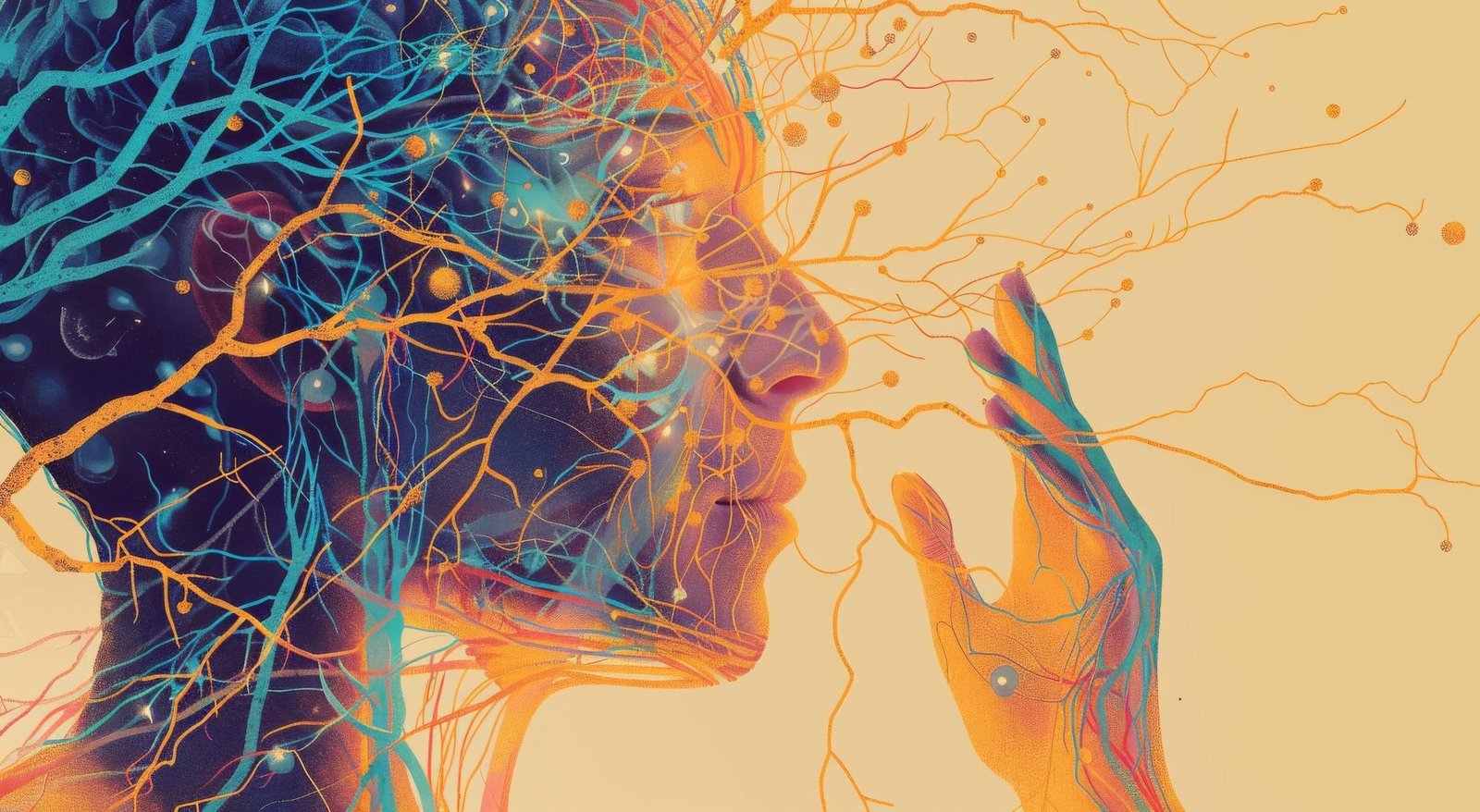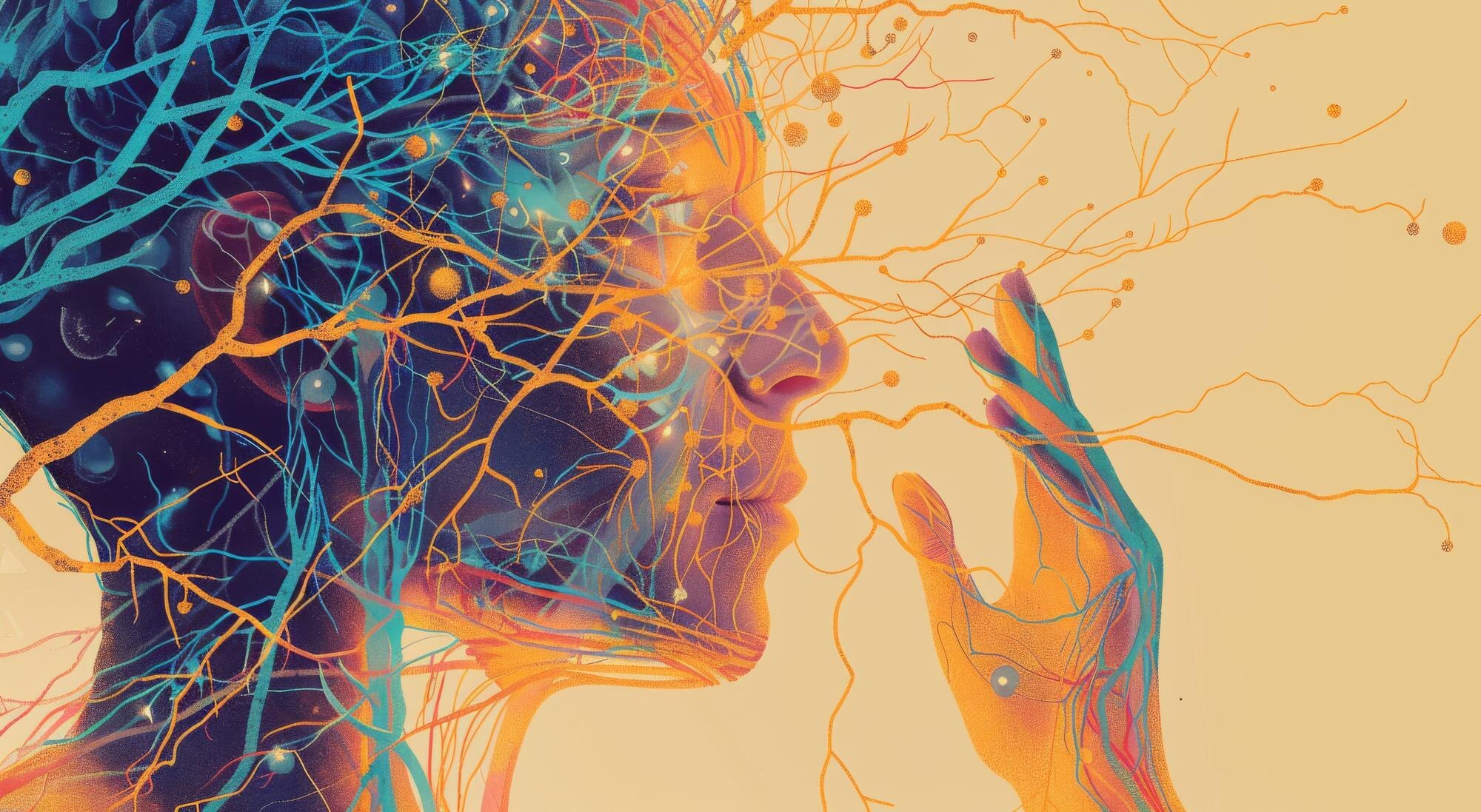
The Science Behind Compulsive Behaviors: Understanding Your Brain’s Survival Mechanism
You’re not broken. You’re seeking relief. Compulsive behaviors often feel like an unbreakable cycle, but they’re rooted in your brain’s natural survival mechanisms. These actions, while burdensome, are your mind’s way of coping with overwhelming emotions. This blog will guide you through understanding how these behaviors arise and, more importantly, how they can be transformed into pathways of healing and emotional freedom. Are you ready to reclaim your power and step into a life of self-trust and clarity? Let’s begin. For more on addiction science and the human brain’s ancient wiring, check out this Stanford article.
Brain Science of Compulsions

Understanding compulsive behaviors requires a look into the brain’s mechanisms. These behaviors are not random but deeply tied to survival instincts ingrained in our neural circuits.
Survival Mechanism at Work
The brain’s primary goal is to keep us safe. Compulsive behaviors often stem from this deeply ingrained survival mechanism. When faced with perceived threats, the brain activates these behaviors as a defense. Understanding this process allows us to view compulsions from a compassionate perspective rather than as mere weaknesses.
The amygdala plays a crucial role in emotional processing and can trigger compulsive actions to mitigate distress.
Neurons and other brain cells support this function, as suggested by research on the brain’s support cells in relation to OCD. Learn more here.
By recognizing these patterns, we can begin to detach from the stigma surrounding compulsive behaviors. In doing so, we open pathways for healing, acknowledging that these actions are the brain’s way of attempting to protect us.
Emotional Pain and Coping
When emotional pain becomes overwhelming, the brain seeks methods to cope. Compulsive behaviors can emerge as a response to emotional distress, offering temporary relief.
Emotional regulation becomes challenging, leading individuals to engage in repetitive actions as a means to self-soothe.
This coping mechanism is detailed in literature focusing on addiction and compulsive behaviors. Explore this research.
While these actions can provide short-term comfort, they often result in long-term detriments. Understanding the emotional underpinnings of these behaviors is crucial. By addressing the root causes of emotional pain, we can begin to diminish the compulsion cycle.
Pathways to Emotional Freedom

Shifting from survival-driven compulsions to emotional freedom involves a conscious effort to change established patterns. This transformation requires understanding and practical tools.
Healing Compulsions Naturally
Natural healing of compulsions needs a holistic approach, focusing on the mind and body connection. Mindfulness practices, like meditation, can reduce the brain’s stress response, promoting relaxation and self-awareness.
Mindfulness Meditation: Regular practice helps decrease anxiety and improve emotional regulation.
Breathing Exercises: Simple techniques can quickly calm the nervous system, reducing compulsive urges.
Physical Activity: Engaging in regular exercise releases endorphins, aiding emotional balance.
By integrating these practices, individuals can gradually lessen their reliance on compulsive behaviors. More insights on natural healing approaches can be found in this video.
Tools for Self-Trust and Clarity
Self-trust and clarity are essential in moving beyond compulsions. By developing these qualities, individuals can better manage their emotional landscape.
Establishing a daily routine that includes reflection and self-care activities.
Using journaling as a tool to explore emotions and triggers.
Developing self-compassion to counteract negative self-talk and build resilience.
By applying these tools, individuals cultivate a stronger sense of self, allowing for greater emotional freedom. These practices encourage a shift away from compulsive habits toward a life grounded in clarity and confidence.
Transforming Survival Strategies

Transitioning from a survival mindset to one of empowerment involves rebuilding self-worth and fostering lasting change.
Rebuilding Self-Worth
Self-worth is often diminished by compulsive behaviors. Rebuilding it involves recognizing inherent value and nurturing self-esteem.
Affirmations: Regular practice can reshape negative thought patterns into supportive beliefs.
Gratitude Journals: Focusing on positive aspects of life enhances self-esteem.
Therapeutic Conversations: Engaging with others in safe spaces fosters a sense of belonging and acceptance.
By cultivating self-worth, individuals can break free from the cycle of compulsions. More about emotional healing and its impact can be found in this study.
Empowering Lasting Change
Empowerment requires actionable steps that create lasting transformations. Consistency and perseverance are key to maintaining these changes.
Set realistic goals to gradually reduce compulsive behaviors.
Develop a support network of understanding peers and mentors.
Celebrate small victories to build momentum and reinforce progress.
These steps guide individuals toward permanent change, allowing them to reclaim their lives from compulsive behaviors. 💪



